It’s 6.30am on Monday morning and we’re caught in a traffic jam: a herd of elephants blocks the track, tucking into some acacia branches for breakfast. The matriarch, who’s sheltering a calf beneath her belly turns towards us, flapping her ears and nodding her head in a gesture that means ‘back off’; we swiftly reverse through the mud. Just your typical commute at Matetsi Private Game Reserve, then.
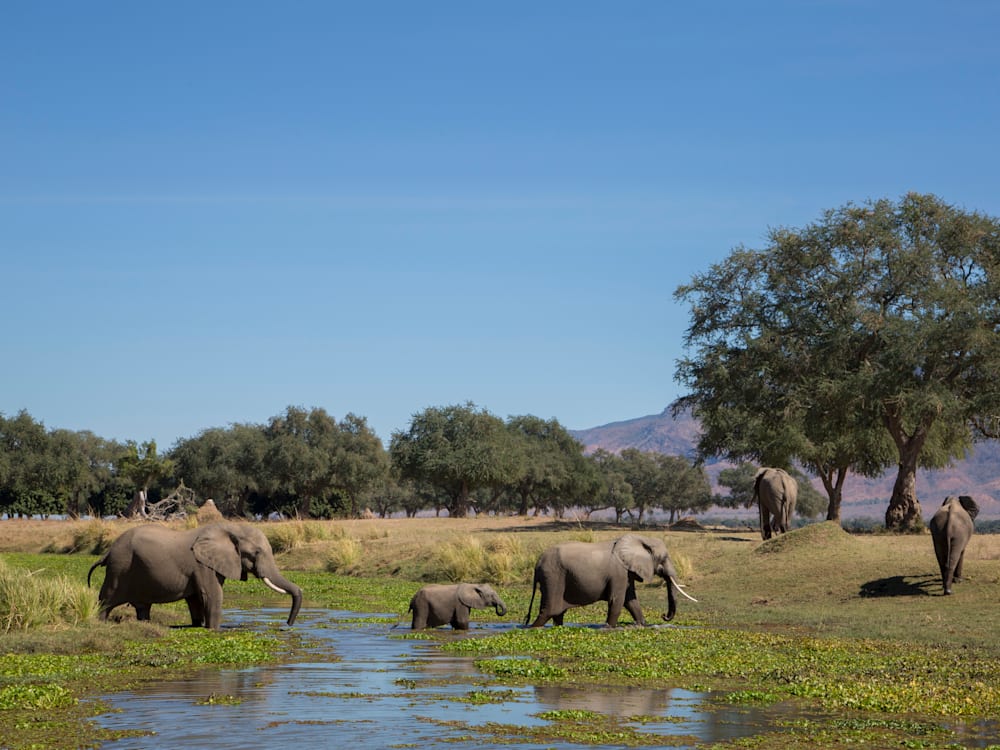
These tusked giants undoubtedly top the wish-list for any safari in Zimbabwe — home to the world’s second largest population of African elephants, in fact. But Matetsi’s 136,000 acres also hold subtler wonders, easily missed when you’re trundling along in Land Rover with binoculars scanning the horizon for big game.
That’s where a walking safari comes in. So, after putting a safe distance between us and the elephants, senior guide Ophious Sibanda parks up and leads us into the bush for a different perspective.
Down here, in the spun-gold grass, my senses crackle with the sudden awareness of just how feeble my khaki-clad form is. I lack the claws and lethal canines of Matetsi’s lion prides, or the curved horns of its ill-tempered buffalo (although the rifle slung over Ophious’ chest offers back-up in the unlikely event we get on the wrong side of such big game).
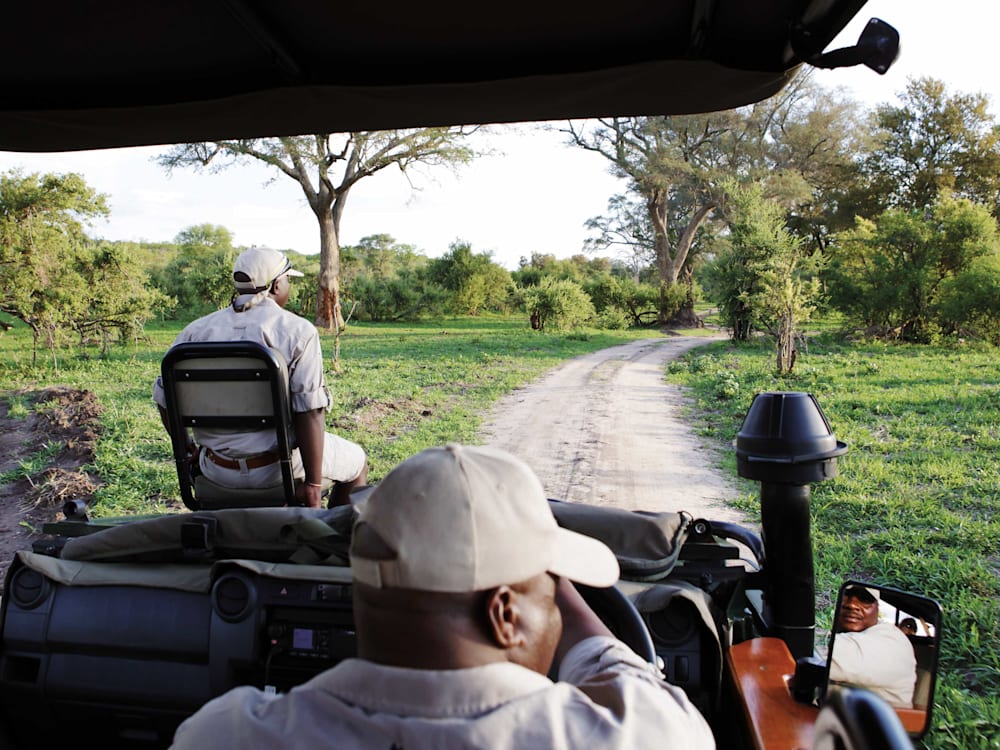
We proceed, as instructed, in a slow single file, spaced an arm’s length apart from each other to avoid being mistaken for prey, speaking only in hushed tones.
As the sun rises higher, beating the backs of our necks, something rustles from a shrub-covered outcrop to our left and Ophious holds up his fist, meaning ‘freeze’. No cause for alarm, though: the small, lithe creature that springs out and bounds up the slope is a Klipspringer, demonstrating its effective strategy for losing less agile predators.
An oracle of wilderness wisdom who’s been guiding here since the mid-90s, Ophious has a soft spot for safari’s smaller or less lovable residents. He counts hyenas and vultures as favourite animals and spent his childhood catching scorpions.
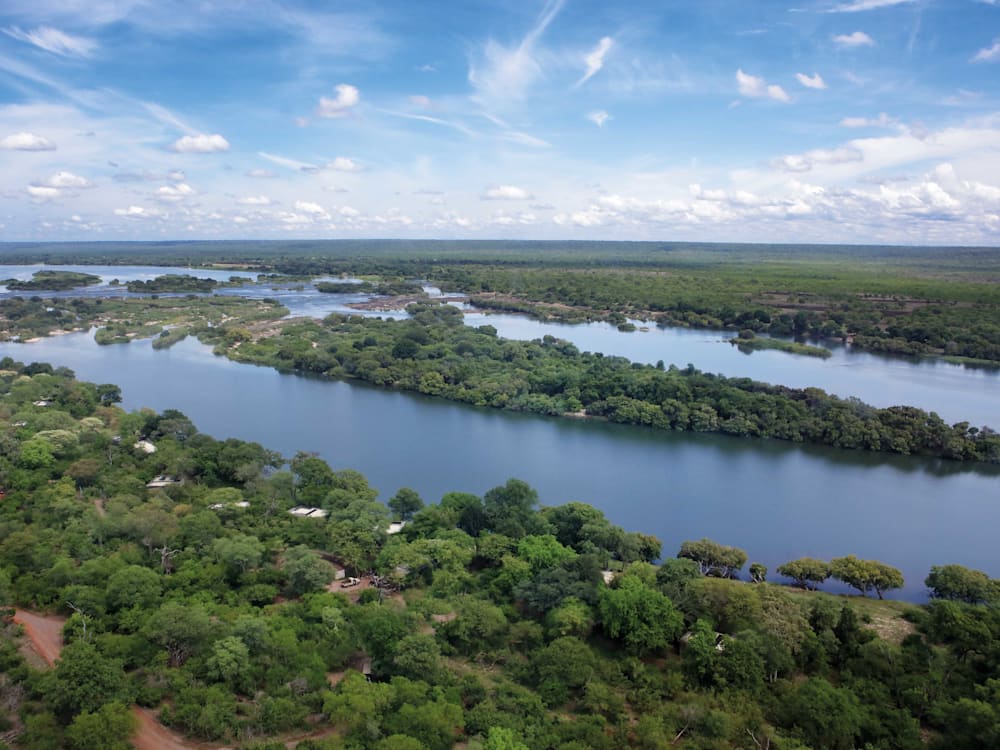
‘I could be standing out here an hour, just staring down, and people might say ‘he’s crazy’, but what they don’t realise is I’m watching a line of ants raiding a termite mound,’ he laughs. ‘Even after all this time, I still learn new things about nature when I slow down and look closely.’
Sure enough, walking through the wilderness with such a proficient guide is akin to looking through the microscopic lenses of a David Attenborough documentary. You notice, for the first time, the nests of white-browed sparrow-weavers hanging like wicker lanterns from baobab branches, only ever built on the leeward side of a tree, and the butterfly-shaped leaves of mopani trees.
Admire the cattle egrets swooping low as a single, white streak, seeking out buffalo whose hooves churn up grubs for the birds to eat. Feel the prickle of spear grass heads hooking onto your clothing, just as it hitches a lift on animal hides.
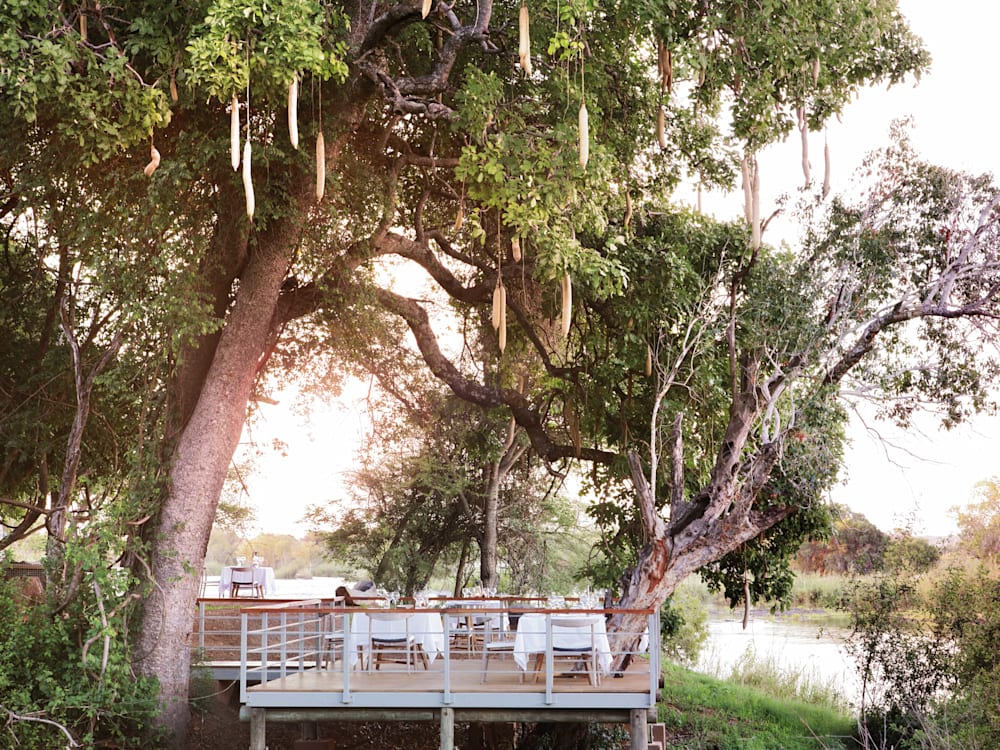
The bleached, leafless trunk of a combretum has turned as pale and smooth as a marble sculpture over the centuries, worn down by generations of animals who love to rub against this tree. The Lion King’s ‘Circle of Life’ starts to play in my head.
Taking a safari outing on foot also sheds light on another resourceful, ingenious species: homo sapiens. Ophious points out plants used in bush medicine and local delicacies, like the South African foxglove, which gets steamed and stirred into Zimbabwe’s staple cornmeal mash, sadza. Wild basil sends up a heady menthol aroma as we brush through the foliage.
‘When it’s dried out, we use these leaves to brew green tea or for baking,’ Ophious says, wafting a bunch of the fragrant herb under our noses. Crunching beneath our boots are occasional fragments of long-abandoned, overgrown railway tracks — a reminder that before it became a protected wildlife haven, this terrain was mined for ‘red gold’, copper (back at Matetsi’s main lodge, flashes of metallic decor and a lustrous, beaten copper bar nod to this heritage).
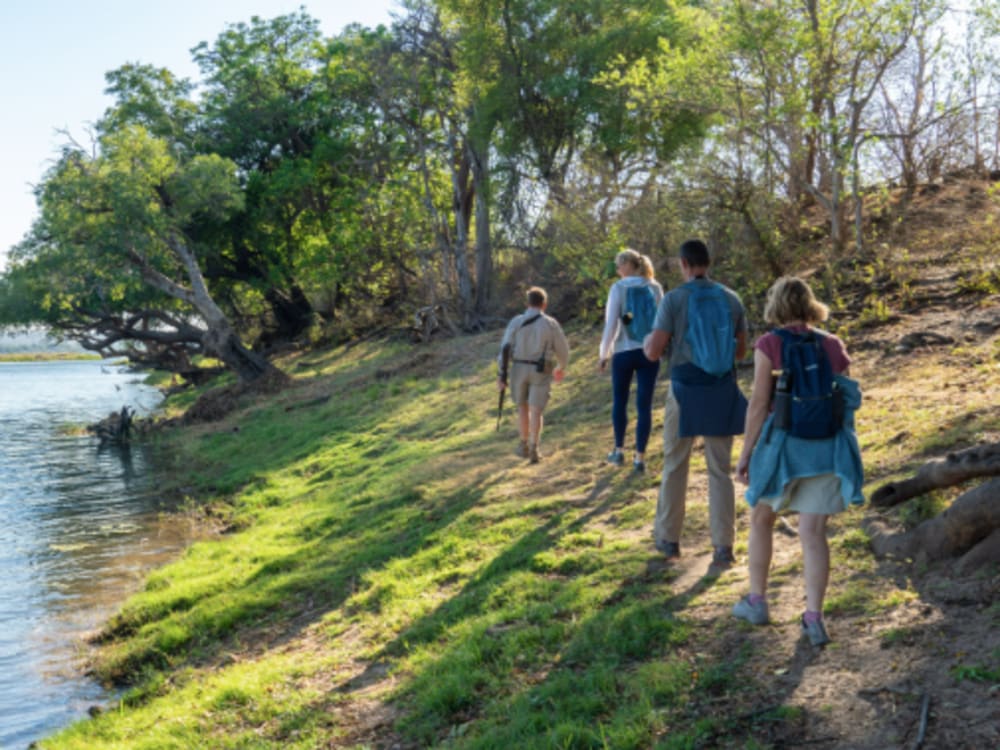
When the undergrowth eventually grows sparser, crisscrossing animal tracks are revealed in the red-brown earth. The deep, round, hooved imprints belong to kudu, a type of large antelope, while a warthog would’ve made the set of smaller, star-shaped prints, which we’re able to follow right up to the entrance of its burrow.
Decoding such clues in the bush makes me momentarily feel like part of Matetsi’s anti-poaching unit, a 50-strong team who track illegal hunters and wounded animals through this wildness with the aid of trained rescue dogs.
Returning to the lodge for lunch, where outdoor tables overlook the Zambezi River, it seems the elephants are keen to remind us of their presence. They emerge from the tree-line at the water’s edge and use their trunks to splash their wrinkly hides, cooling off from the midday sun, while we tuck into colourful bowls of quinoa and watch on.
That’s the magic of a place that’s home to such abundant wildlife: you can take a morning off to appreciate littler things and still not miss out on the headline act.
For out more about Matetsi Victoria Falls or browse our entire collection of safari lodges
Estella Shardlow is a freelance travel writer and editor whose work has appeared in The Times, Suitcase, The Telegraph, Food & Travel and more.



